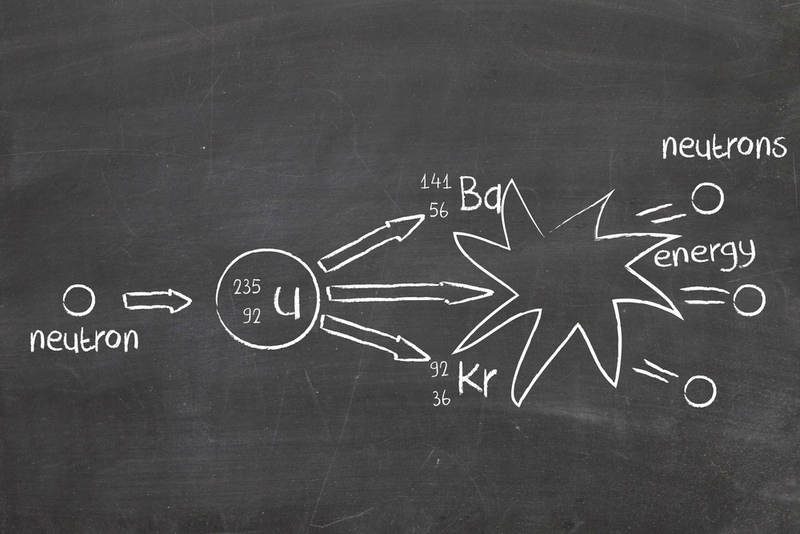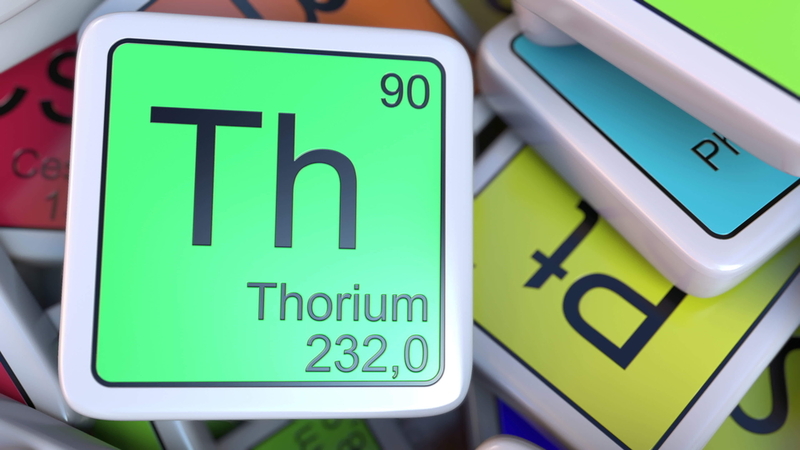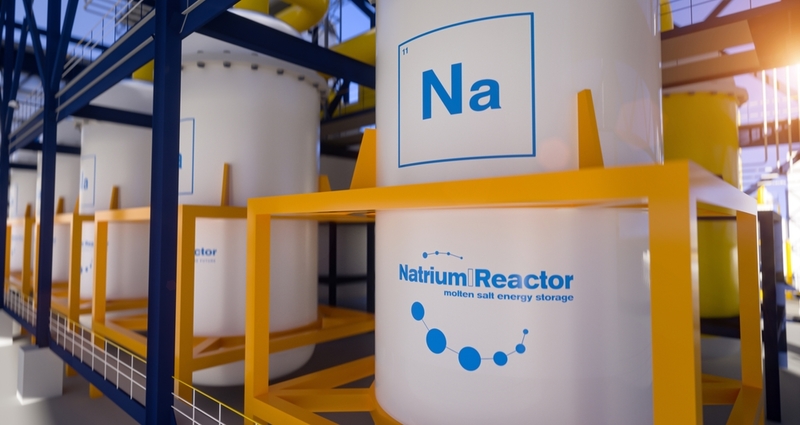As climate change worsens, nuclear power gains popularity. Solar and wind energy may help reduce greenhouse gas emissions, but nuclear power is likely to be part of any answer to climate change.
While nuclear power does not emit greenhouse emissions, it is not without danger. For starters, radioactive waste disposal from nuclear power plants is an issue. What if the core melts, causing an environmental disaster, like at Chernobyl, Ukraine, in 1986? Other problems exist, but given our present energy situation, there are many reasons to make nuclear power safer. Atoms divide to create energy in a nuclear chain reaction called fission (or a massive explosion in the case of atomic bombs). “There are around 450 nuclear reactors globally, and they all require fuel,” writes Steve Krahn of Vanderbilt University’s civil and environmental engineering department.

He stated that most of these reactors run on uranium-235 (U-235), with some countries like France and Russia adding reprocessed Plutonium-239 to generate mixed-oxide fuel. Plutonium is a byproduct of nuclear reactors and may recycle nuclear fuel, as done in France and other nations. The problem is that it’s exceedingly poisonous and the most often used material in atomic bombs, so scientists have been looking for alternatives.
Some scientists believe thorium can solve our nuclear power woes. Thorium is a radioactive metal that is more plentiful than uranium. It’s also prevalent in India, Turkey, Brazil, the US, and Egypt. Unlike uranium, thorium is not a fuel.

The difference is that uranium is “fissile,” meaning it can maintain a chain reaction if enough of it is concentrated in one place. On the other hand, thorium is “fertile,” meaning that if you bombard it with neutrons (basically jump-start it in a reactor powered by uranium), it can transform into uranium-233, which is fissile and suited for power generation.
There are various methods to use thorium to produce electricity. For example, using solid thorium/uranium 232 as an alternative to contemporary uranium-based power plants is being investigated. More than 20 reactors worldwide have used thorium and uranium-233 fuel. Molten salt reactors are also attracting scientists and nuclear power supporters.

These plants use liquid salt to cool the reactor and dissolve the fuel. Since salt has a high boiling point, it is more efficient in energy production and does not cause significant nuclear mishaps like Fukushima. This reactor was used in the US in the 1960s and is presently being developed in China’s Gobi Desert.